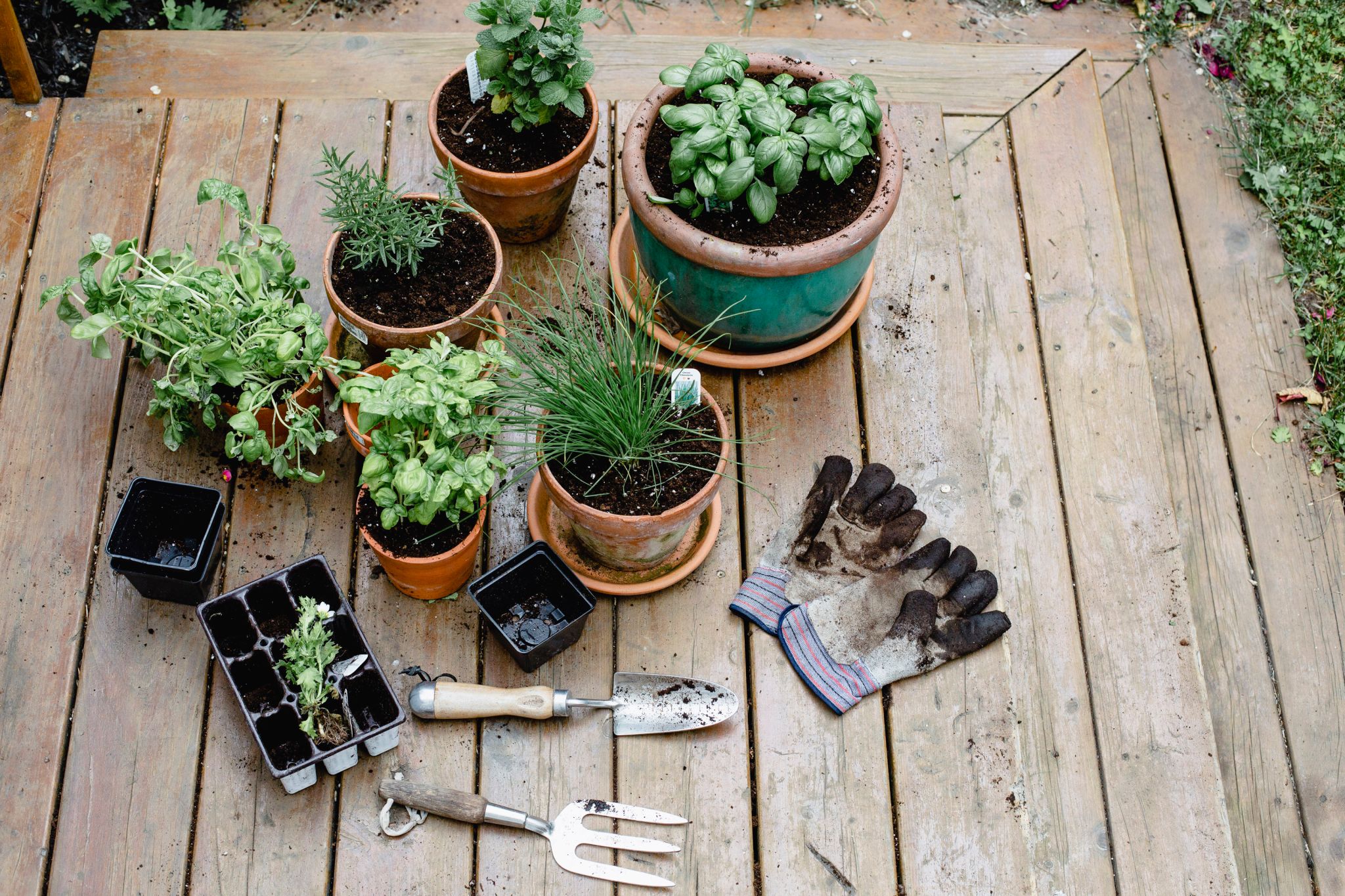Whether you want a tropical escape in your backyard or a vegetable garden so you can enjoy more organic, farm-to-table meals, a garden is the gift that keeps on giving. It’s a place where the soil under your feet holds the promise of lush landscapes and harvests. If you're a gardening newbie looking to earn green thumb status, dig in and uncover the basics of cultivating your own backyard paradise.
Where Should Gardening Novices Begin?
So, you've got the gardening bug, but you're not quite sure where to start. First, you’ll need to stock up on the essential tools of the trade and pinpoint the easiest gardens to nurture.
Gardening Tools for Beginners
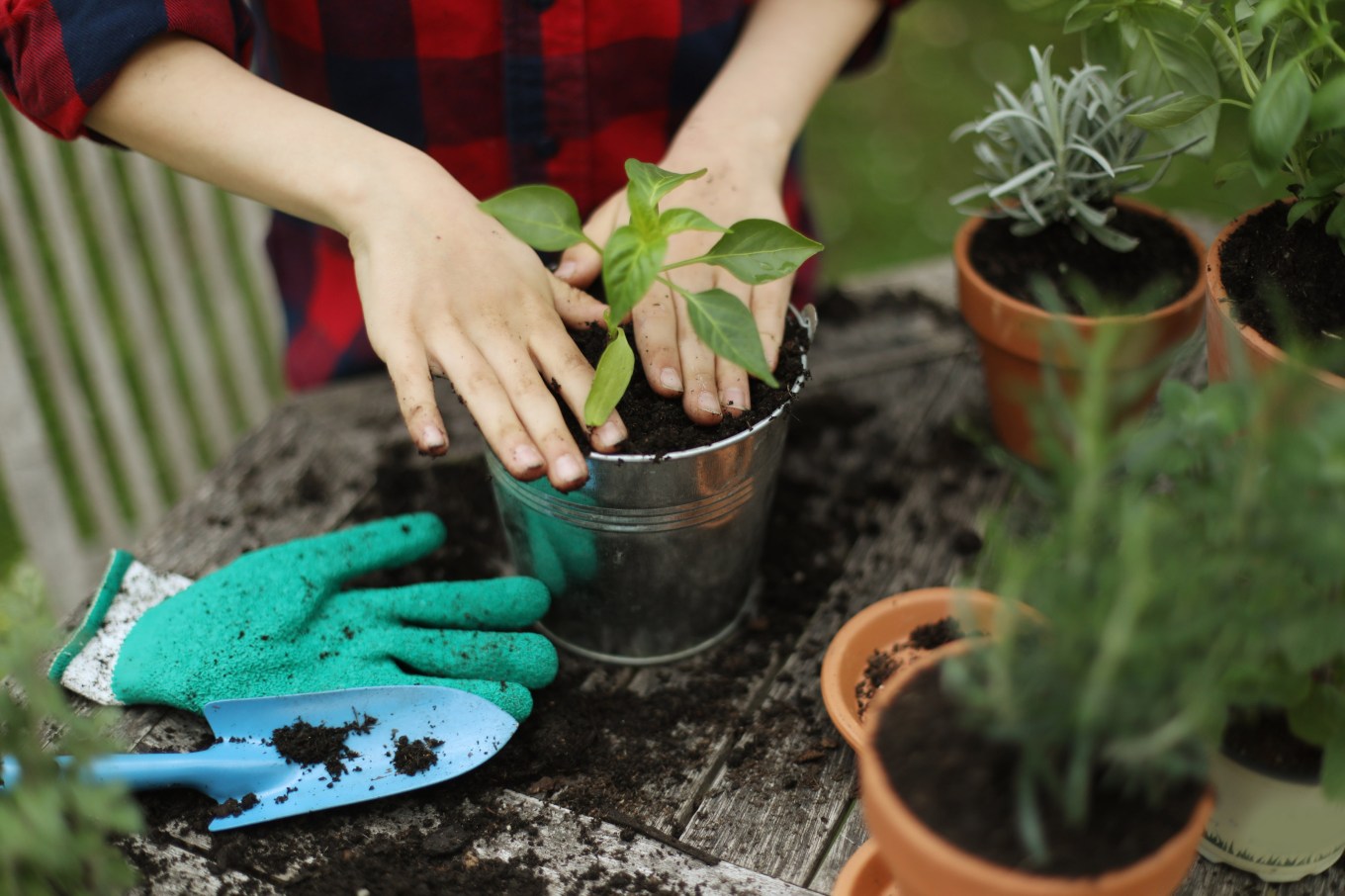
The main must-haves include:
- A shovel or some sturdy trowels to help you transplant seedlings or dig up weeds. Look for a stainless-steel trowel with a comfortable handle.
- Durable gloves that fit well and are made from protective, water-resistant material.
- A watering can that's lightweight and easy to carry. Metal cans are more durable, but plastic can be lighter and less expensive.
- A handy pair of bypass pruners to help you trim and perfect your plants.
Over time you may add kitchen shears, soil knives, sieves, and other items to your gardening arsenal. Don't forget a good quality soil mix and some fertilizer to give your plants a healthy start.
Types of Gardens to Plant
Now that you're armed with the right tools, it's time to choose your gardening adventure. Much like when you begin landscaping, you’ll need to decide on a planting method that makes sense for your space. Here are some starter ideas:
- Raised garden beds: This option allows growing plants to be in soil higher than ground level. Most people use wooden frames to create raised garden beds for better soil drainage and fewer pests. Building raised beds takes time and money. However, they make sense if you're less mobile or have back pain and want your garden to be more accessible. Costs for a garden bed vary greatly. They will depend on factors like size, your choice to either buy a kit or build from scratch, and the decision about whether to DIY or hire help. Expect to pay $250 to $350 for the materials to build a wooden raised garden bed that’s 5 by 12 by 1 square feet, not including soil, seeds, and starter plants.
- In-ground gardens: Growing your plants directly in your yard soil without beds and containers means you'll deal with more pests and potential soil issues. However, you may use less water and spend less because you won't need to design and build garden beds.
- Container garden: These are a low maintenance option especially suited to beginners. Growing plants in pots or grow bags is a manageable way to dip your toes into gardening without feeling overwhelmed. A bonus is that it's great for people with space constraints.
7 Gardening Steps for Beginners
You've sorted out your tools and type of garden plot, so let's break down the steps to starting your own garden.
#1 Consider How Much Sunlight Your Yard Gets
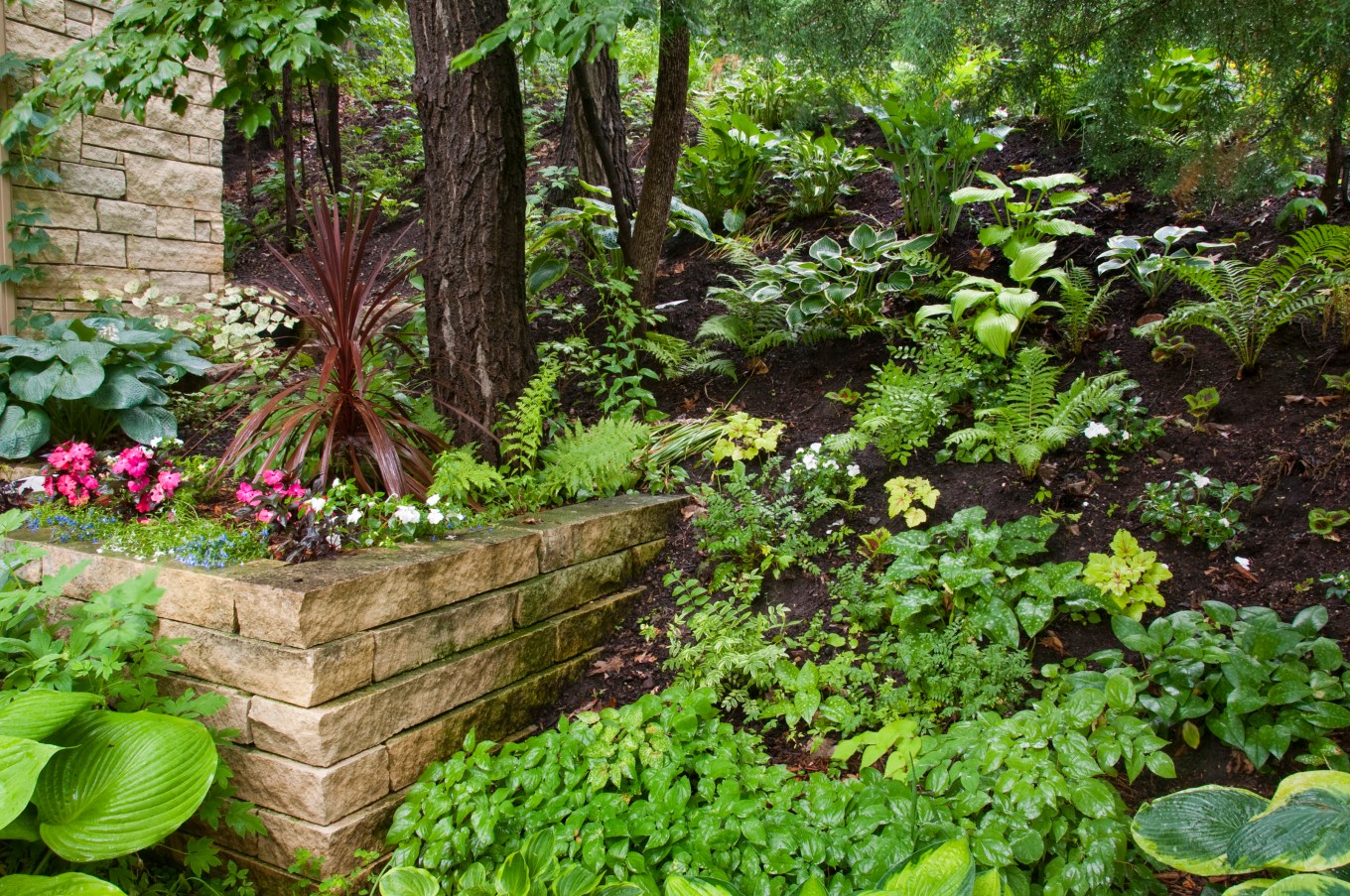
Sunlight is the lifeblood of any garden, so it's essential to assess how much sunshine your outdoor space gets throughout the day. Take note of shady spots and sun-drenched patches to tailor your plant selection accordingly. Different plants need different amounts of sunlight, so you'll want photosensitive plants for the shadier spots and sun-loving ones for bright, sunny areas.
Understanding the play of sun and shade in your yard may require a little extra work. Consider keeping a journal that tracks sunlight patterns in your yard every two hours. Or draw a rough map of your yard and mark the movement of sun and shadow across the space every two hours throughout the day. Apps are also available to make it a breeze to plan, track, and access key info about your garden.
Plants usually require one of the following:
- Full sun: Six or more hours of direct sunlight
- Partial sun: Four to six hours of direct sun
- Partial shade: One and a half hours to four hours of direct sun
- Full shade: Less than one and a half hours of direct sun
A gardening expert at your local nursery can help you identify the plants that can thrive best in different parts of your yard based on your light map or journal.
#2 Identify the Type of Garden You Want
Now comes the fun part – deciding what kind of garden speaks to your green soul. Whether you're dreaming of a bountiful vegetable patch, a fragrant herb garden, or a plot of colorful blooms, there's a garden style for every taste and temperament. Here are a few options to consider:
- Herb garden: Most herbs grow well in containers or small gardening beds. Herbs like basil, mint, chives, and parsley are easy to grow. Just think, you can save on the cost of buying fresh herbs at the farmer's market or grocery store.
- Vegetable garden: Bell peppers, cucumber, zucchini, and peas are among the easiest-to-grow vegetables. Harvesting your own fresh produce will help your family eat more veggies and feel incredibly rewarding.
- Native plants: Native gardening not only promotes biodiversity but may also require less water and keep you from overdoing or even eliminate use of pesticides and fertilizers. You may need to get help from a local gardening expert to understand which local plants are the best fit.
There's also landscaping and design to consider. A beautiful formal garden could add serious curb appeal to your home, but you may love the splash of colors and textures of a cottage garden.
#3 Test and Optimize Your Garden Soil
Healthy soil is the foundation of a thriving garden, so it's worth investing some time in testing and amending your soil. Container gardeners may skip this step, but in-ground gardeners can't afford to. You can buy a soil testing kit or have a soil test done by your local extension service. Collecting soil samples is easy, and most testing services are convenient and affordable. Getting your results may take a few weeks, though (depending on wait times at your testing center). Testing will help you determine your soil's pH and nutrient levels so you can choose the right plants and fertilize your soil properly.
Typically, the pH range you want is 6.0 to 7.4 so if your soil is within this range, you don't need to adjust the soil pH. If your test shows your soil pH is over 7.2 or below 5.5, you can take corrective measures.
- To raise soil pH: You can use agricultural lime which is usually available as a powder, granules or pellets. Baking soda also works to increase soil pH though the process is slower.
- To decrease soil pH: Sulfur, iron sulfate or aluminum sulfate can all help reduce soil pH.
Adjusting the soil pH may be too complex a project for beginning gardeners. If you suspect your yard needs a soil pH adjustment, consider getting help from a professional gardener or landscaping expert.
#4 Select Your Plants
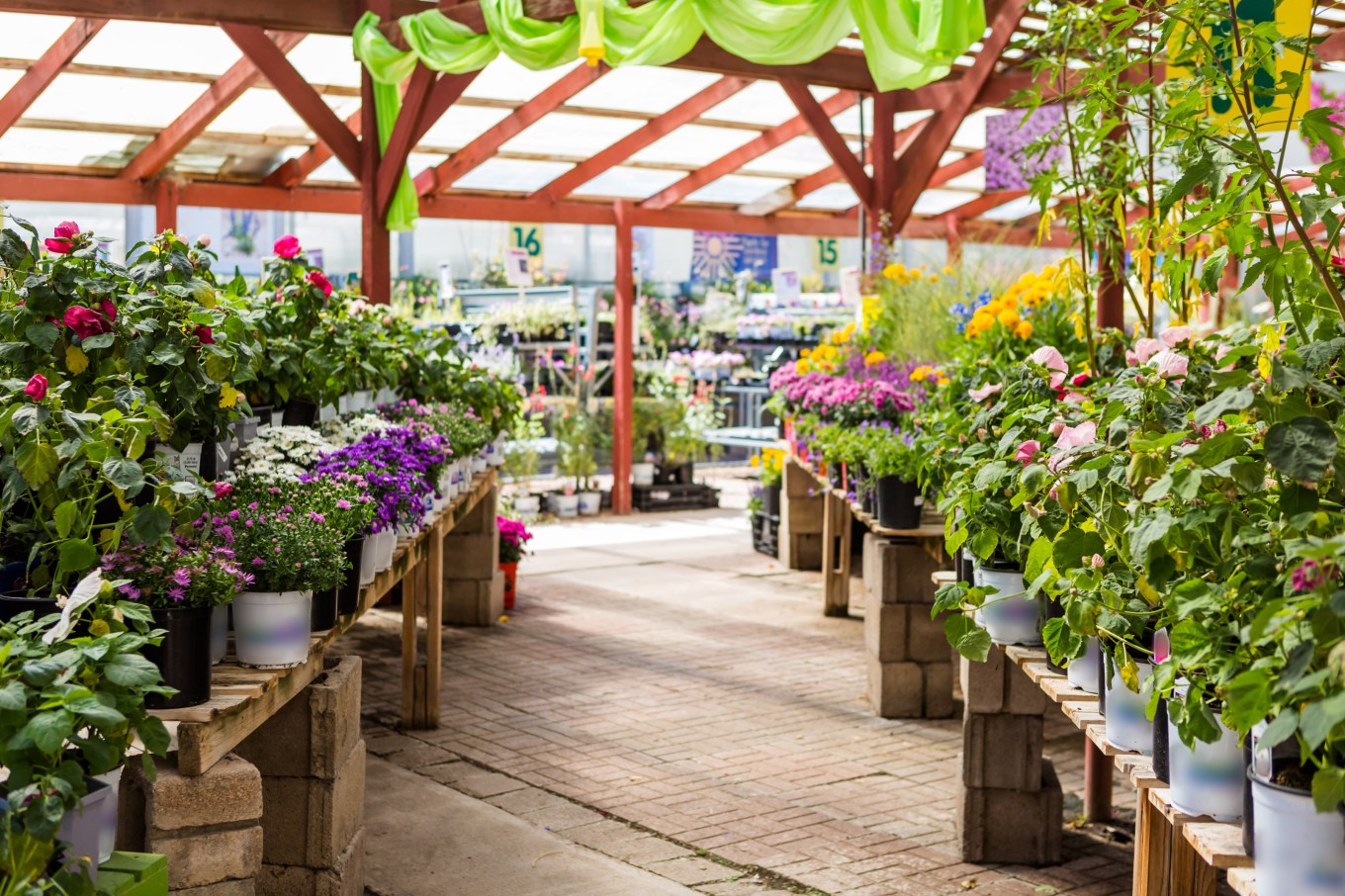
With your soil prepped and your garden vision in mind, it's time to choose your plant babies. Your yard’s sun exposure and your preferred type of garden should be at the forefront of your decision-making process but you’ll also need to consider the climate, soil, and water requirements. Identifying the right plants for your garden can be tough at first, but it's easy to research the best plants for your yard online or talk to experts at your local nursery. Whether you're starting from seed or picking up seedlings, opt for varieties that are well-suited to your hardiness zone and growing conditions.
#5 Start Planting
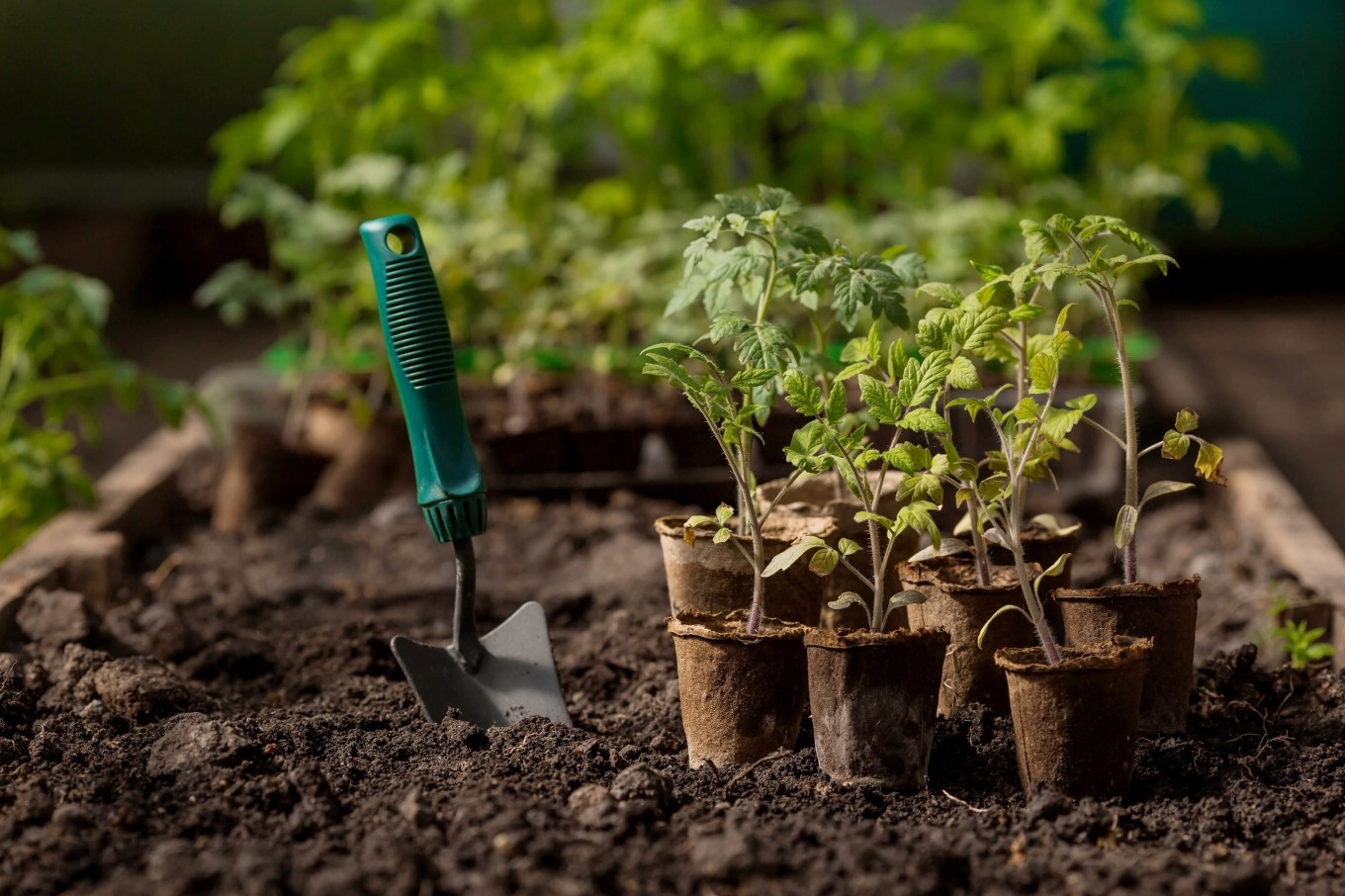
It's finally time to get your hands dirty and start planting! When you're gently transplanting seedlings, take time to nestle each plant into its new home with care and attention. Read transplanting tips for your plants to identify how deep the roots need to be buried, the right time to transplant, and the right techniques. Water slowly and gently after transplanting and make sure no roots are exposed.
#6 Mulch Your Garden
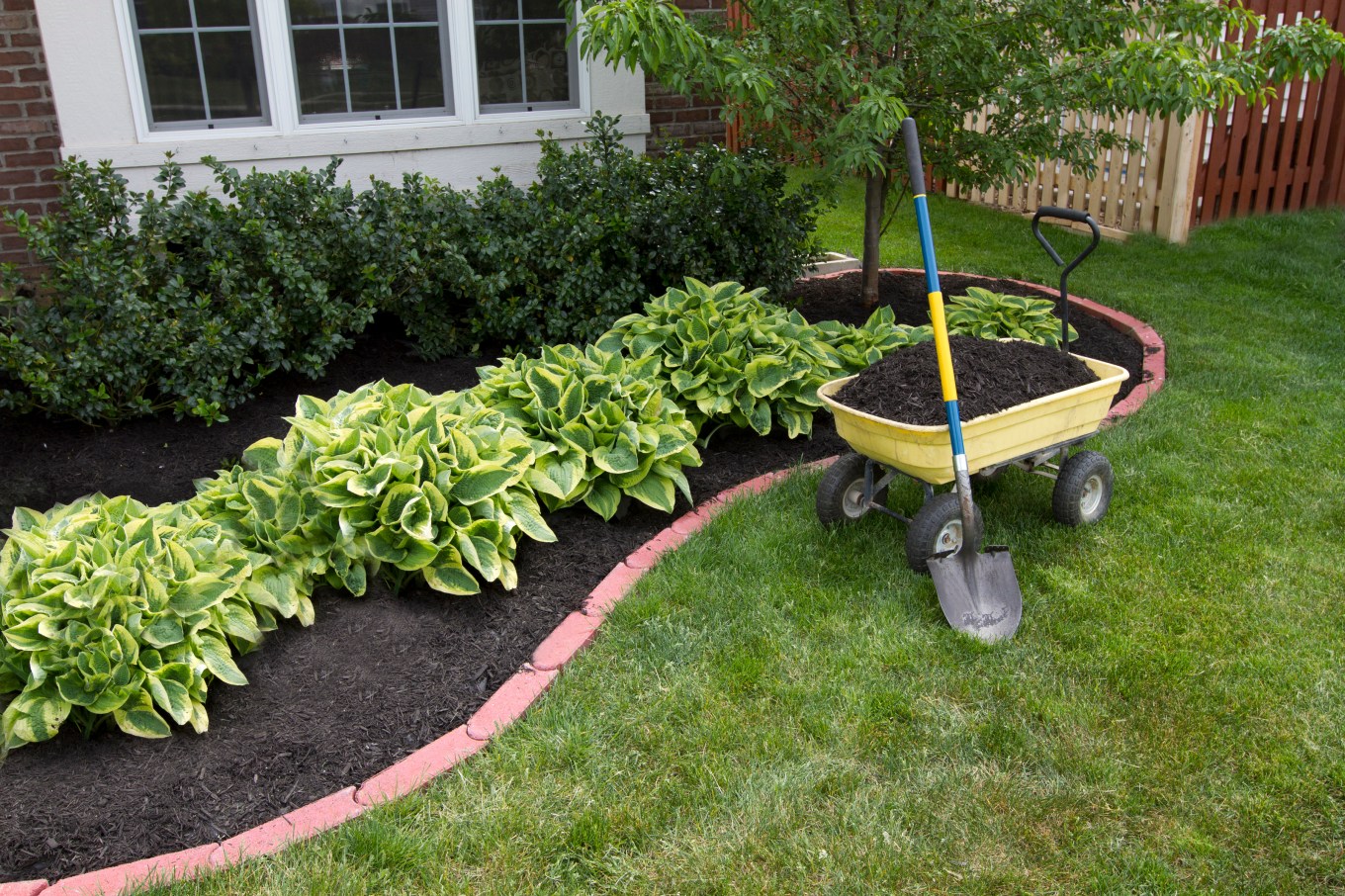
Once your plants are snug in the soil, top things off with a generous layer of mulch to help retain moisture, suppress weeds, and regulate soil temperature. Here are a few different types of mulch to consider:
- Straw: Look for hollow stalks left over from wheat, barley or rye harvests. Hay may contain dried weeds and their seeds which could pose a problem.
- Wood bark: Bark mulch is more durable than wood chips and can last up to 10 years.
- Pine needles: Pine straw is a light mulch that helps insulate the soil and stabilizes the soil temperature.
- Leaves: If you have trees in your yard, shredding fallen leaves (with a leaf shredder) can produce an inexpensive and nutrient-rich mulch.
- Compost: You can easily purchase compost at a nursery or make your own at home using food scraps and trimmings from your garden. Compost returns nutrients to the soil and works well for flower and vegetable garden beds.
#7 Monitor and Maintain Your Garden
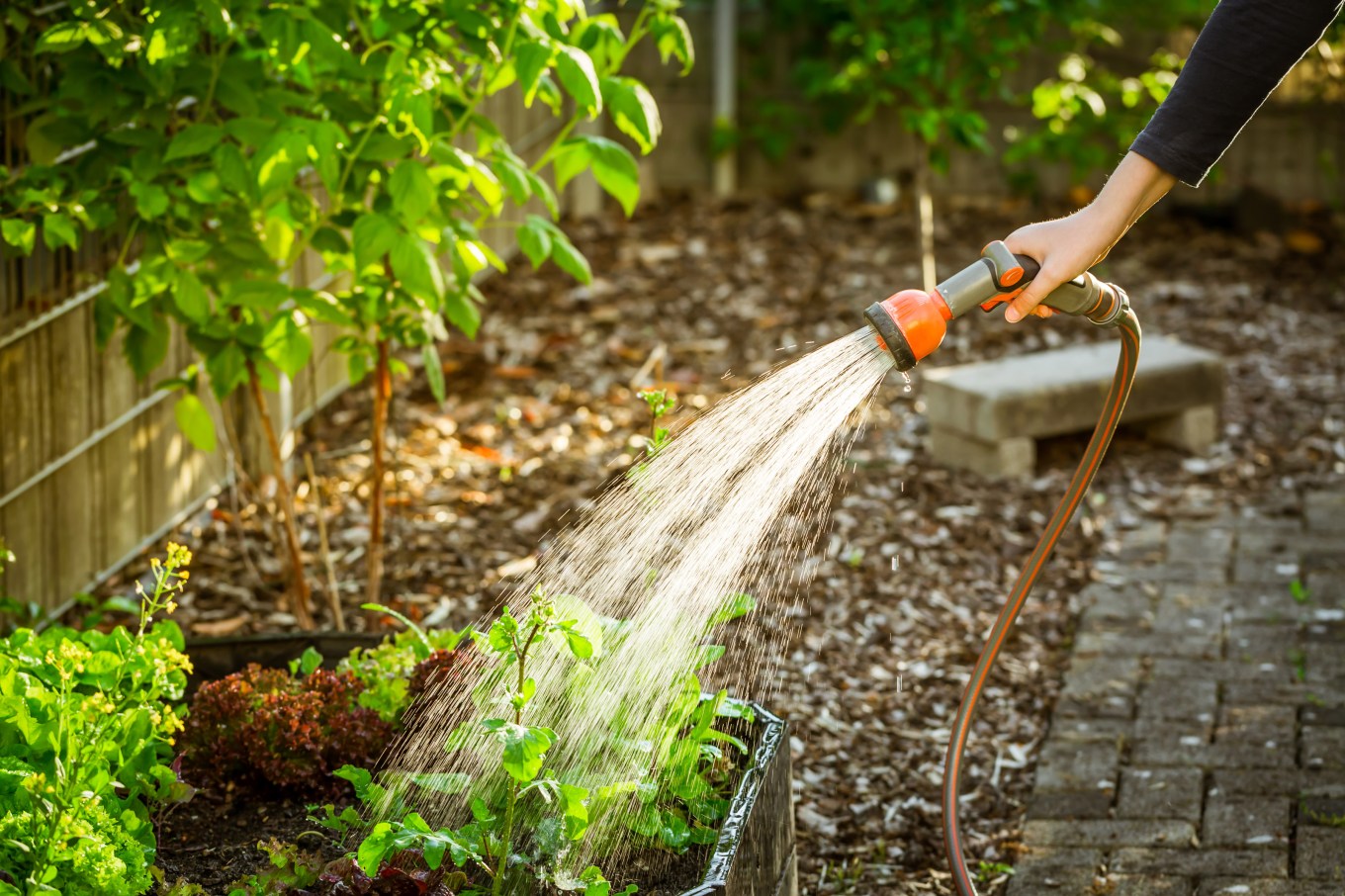
Congratulations, you're officially a gardener! But your green journey doesn't end here. – Nnow it's time to roll up your sleeves and tend to your garden with love and care. Keep an eye out for pests and signs of diseases like leaf discoloration, holes, or wilt; water regularly; and stay on top of any necessary pruning or fertilizing to keep your garden looking its best. Regularly check for wilting plants, sudden death or discoloration of leaves, spots, powdery residue, and uncharacteristically small leaves. These could be signs of plant disease, pests, or improper care.
Planting Your Garden Successfully
While the steps listed above will help new gardeners get started, later success comes from consistency. You'll need to care for your garden regularly, observe how your plants change and grow, and use your app to keep track of any problems. Over time, you'll gain more confidence in your gardening skills and learn which plants work best for your location and lifestyle. Like most hobbies, gardening involves some trial and error. You may learn that some plants don't grow well in your yard or soil and that you should watch for certain pests. As your knowledge grows, so can your garden.
And there you have it: a beginner's guide to cultivating your own little slice of paradise. So, grab your shovel, embrace the dirt under your nails, and get growing! Happy gardening!
